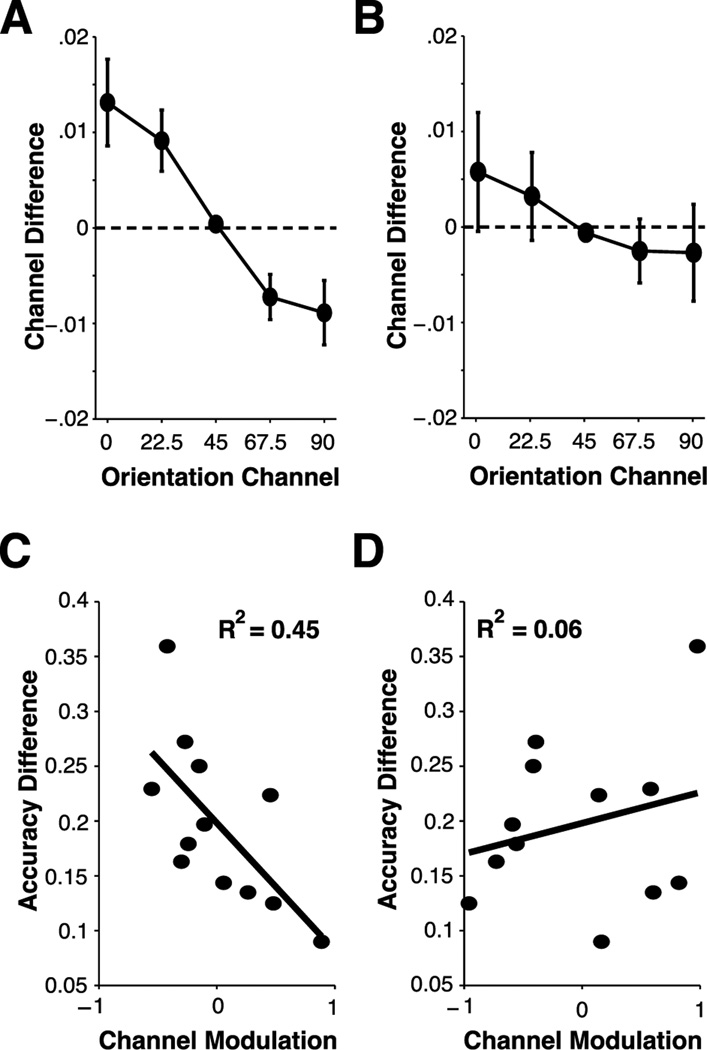Figure 7. Loss of Feature-Selectivity in Population Responses.
Channel differences were estimated by subtracting channel responses in population tuning functions observed in set size 2 trials from those observed in set size 1 trials for contralateral (A) and ipsilateral (B) hemispheres. Positive channel differences represent larger channel responses for set size 1 population tuning functions; negative channel differences represent larger channel responses for set size 2 population tuning functions. For contralateral ROIs, a loss of selectivity associated with attending multiple items was observed – represented as a reduction in on-channel responses and increase in off-channel responses for set size 2 compared to set size 1 population tuning functions – while no loss of selectivity was observed in ipsilateral ROIs. (C,D) Individual differences in the loss of feature-selectivity predict declines in behavioral performance. Differences in behavioral accuracy (set size 1 – set size 2) were plotted as a function of channel modulation in both contralateral (C) and ipsilateral (D) ROIs. For contralateral ROIs, channel modulation predicted behavioral costs in accuracy, such that a more negative slope in channel differences (A) corresponded to a larger set size-dependent cost in accuracy (p<.01). This link was not observed in ipsilateral ROIs (p=.41).

